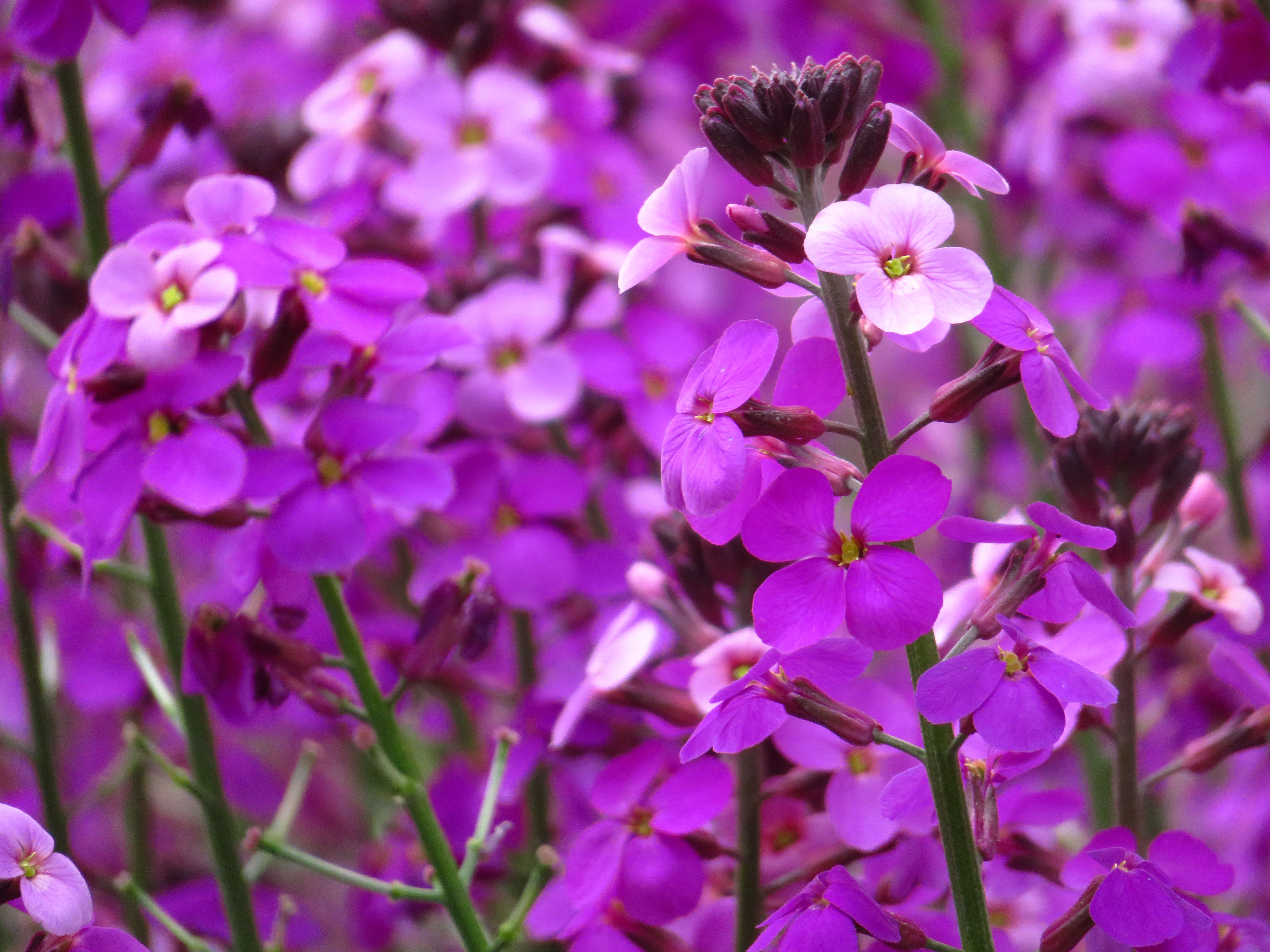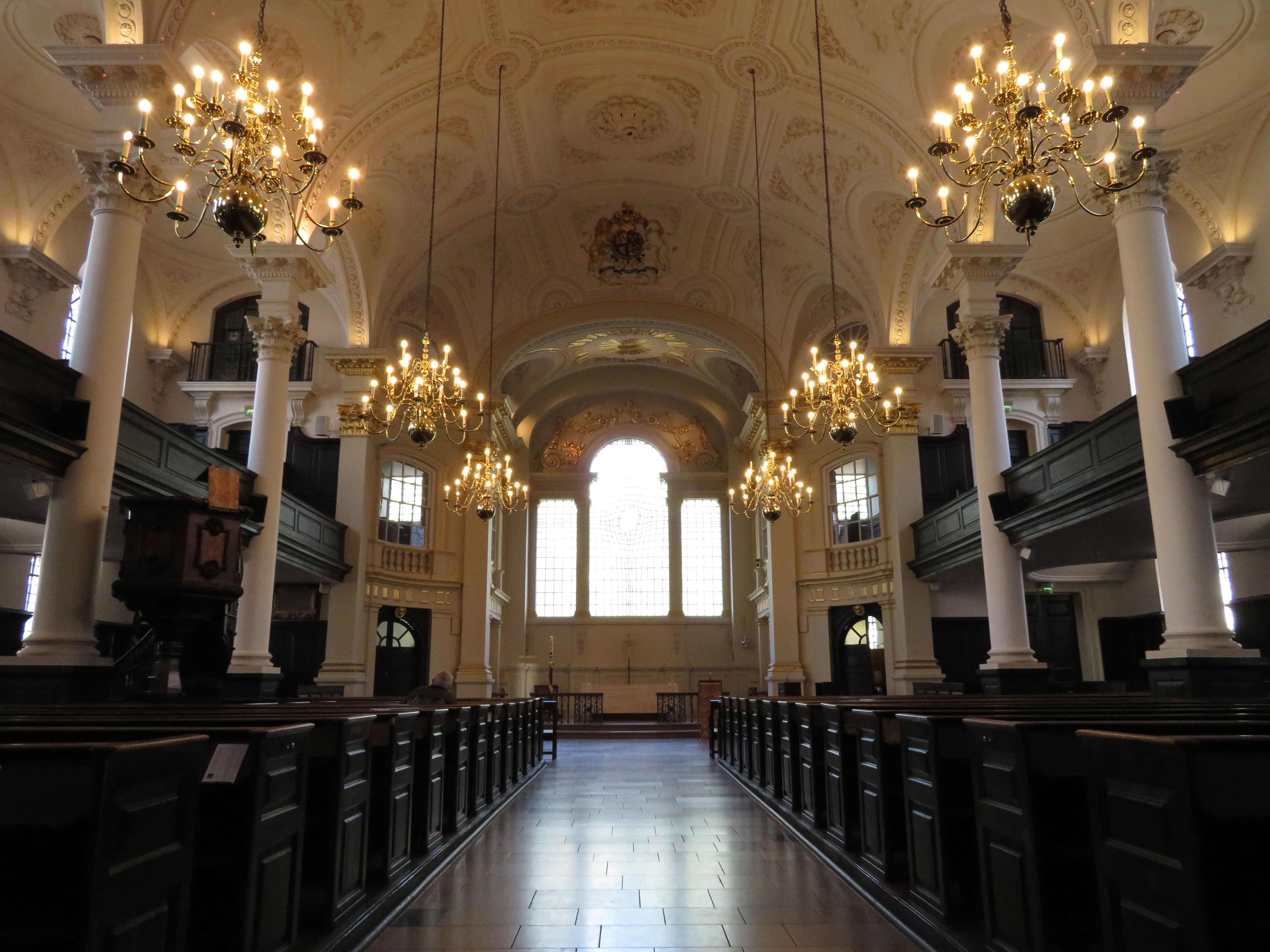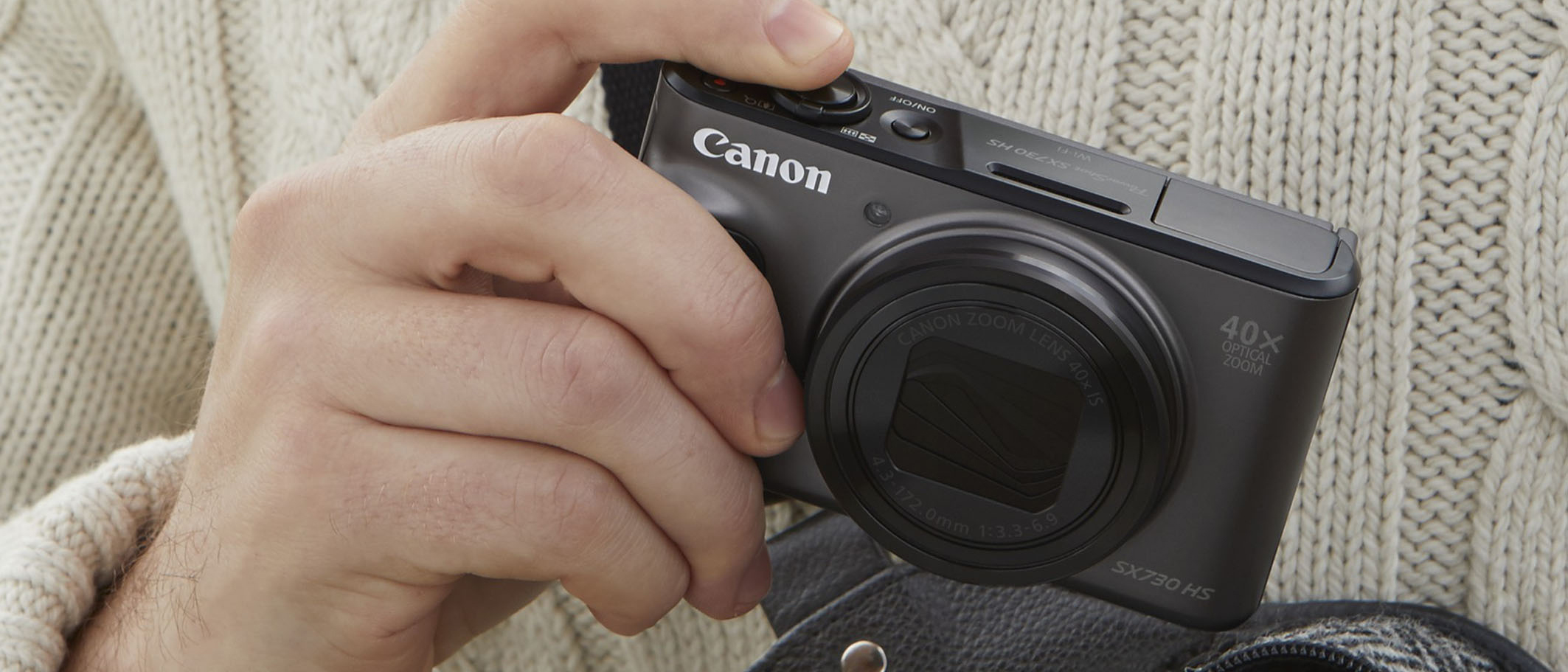Why you can trust TechRadar
Performance
- 5.9fps burst shooting (approx. 4.6 with AF)
- 250-shot battery life (355 in Eco mode)
- Intelligent IS
Thanks to the DIGIC 6 processor on board – not quite the latest version, but not so old that it matters too much – the Canon PowerShot SX730 HS is generally responsive in use.
The camera takes just over a second to fully be ready for action when powered up, which is about right when you consider how far the lens needs to extend to its default wide-angle position, and powering down happens in roughly the same time. You can, however, also turn it on slightly faster to browse images by simply pressing the play button, which leaves the lens stowed inside the body, while the control dial on the back enables you to scroll through images briskly.
When set to burst shooting the PowerShot SX730 HS perseveres at its 5.9fps maximum frame rate for around seven to eight frames before slowing. The inclusion of Canon’s more recent DIGIC 7 processor would no doubt help here, but it’s possible the company doesn't see a demand for such performance among its target audience.
Although the card you use will affect processing times, with a fast card in place images are whisked off to it in very good time, with a burst of 16 or 17 frames dealt with in just a couple of seconds – although the fact that the camera doesn’t record raw images means we should expect this to be the case.
The LCD display isn't the brightest at its default settings, but you can easily adjust this via the menus. In good light it does a decent job of presenting scenes accurately, but it does lacks the bite of some screens we're seeing elsewhere, particularly in low light, where noise takes over and contrast dips.
Canon reckons you can get around 250 shots on a full charge of the PowerShot SX730 HS's battery, or up to 355 when it's set to the Eco mode. Conveniently, you can juice up the battery through the USB port, which removes the need to carry a charger around with you, although Canon has unhelpfully chosen not to provide a USB cable in the box.
Image quality
- ISO80-3200
- 1cm Macro mode
- MyColors options
On the whole, image quality from the Canon PowerShot SX730 HS is very good. Exposures are largely accurate, with a decent balance between shadows, midtones and highlights in most conditions, although highlights often blow their details early.
It’s a shame there don’t appear to be any controls on offer for balancing highlights; the closest thing to this is the iContrast setting, although this only has an effect on bringing up shadow detail, which means you can potentially use this in conjunction with slight underexposure where required.

Canon’s MyColors setting, which provides options such as Vivid, Neutral, and Black & White, is an optional feature, and the default setting is to have this deactivated. This mode, in conjunction with a slightly neutral Auto White balance system, produces colors are largely accurate but perhaps a little undersaturated, so you may wish to use a MyColors option, or adjust Auto White Balance, (or both) in order to capture images ready for immediate use.
The Vivid MyColors option is a perfect fit for foliage and nature, and the fact that is has a noticeable effect on saturation without making colors in any way garish means you can successfully use it elsewhere too.
The effectiveness of the PowerShot SX730 HS’s image stabilization system is clear to see when you're composing images, and reviewing images later shows it to have a positive effect on sharpness. It’s worth taking a few extra insurance shots when composing images at the telephoto end of the lens, though, as the camera can be a little inconsistent here.
Image quality is generally strong within the central focal ranges; as with other cameras of this type, slight graininess and softness from noise and noise reduction can compromise details at the telephoto end, with chromatic aberrations and slight corner softness visible here too.

Unlike its Panasonic rivals, one thing the Canon PowerShot SX730 HS doesn't offer is raw shooting. On a camera of this kind this isn't unusual, and it's far from essential, as there's only so much that can be gained from raw images originating from such a small sensor. Some people would no doubt like the option to shoot raw, but to Canon’s credit you can at least adjust the MyColors options post-capture and re-save images, as well as tweak i-Contrast, and crop and rotate images among other things.

Video and audio quality are decidedly average overall, although if you stick to good light and the 60p option you may be happy – if not you’ll find that details just aren't as crisp as expected. The fact that you can have excellent 4K video recording for less on other models really shows Canon up here.
Current page: Performance and image quality
Prev Page Build, handling and AF Next Page Verdict and competition